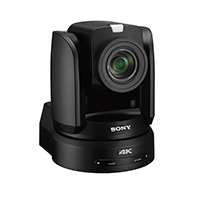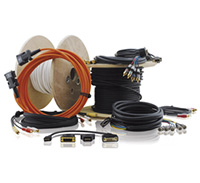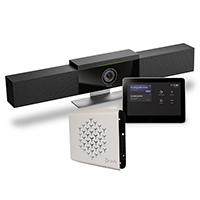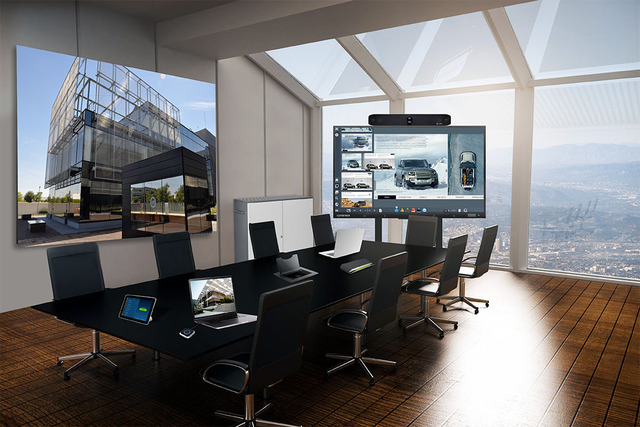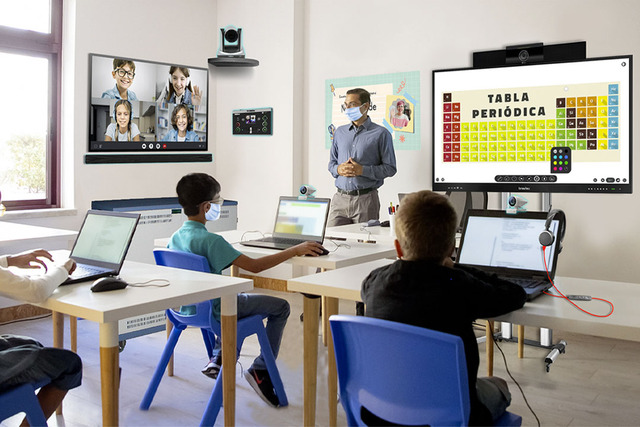Resources can be easily shared among peers and spread in the cloud. Most cloud-based programs are compatible, so resources and projects are also possible in other local schools and, in fact, worldwide.
The future…
With technology moving at an exponential rate, it is difficult to accurately predict the future of the classroom, but it is clear that educational technology will change the way we see traditional learning spaces. The row-by-row arrangement of the tables in front of the teacher is already being replaced by more flexible learning spaces, particularly at the level of higher education.
Education 4.0 will also see a much more important role in facilitating provider-to-provider and provider-to-business collaboration, allowing partnership in the exchange of skills and supporting schools that are improving their performance and allowing students today are the leaders of the technological landscape of tomorrow.



